![Popcorn Choking Hazards: Safe Ages & Tips for Kids [2024]](https://willnice.net/wp-content/uploads/2024/11/popcorn-choking-hazard-1220x670.jpg)
Is Popcorn a Choking Hazard?
Yes, popcorn is a common aspiration and choking hazard for people of all ages, from infants to adults. It's important to know that the risk varies with the popcorn's state; unpopped or partially popped kernels are more dangerous and pose a greater choking risk than fully popped ones.
For toddlers and young children, the risk is even higher. Due to their immature molars and underdeveloped chewing and swallowing abilities, they can easily choke on a whole kernel or have pieces get stuck in their esophagus.
Note:
Children usually begin to get their first set of molars around the age of one to one-and-a-half years. The second set of molars typically appears between ages two and three.
While three-year-olds may have both sets of molars, they are still in the process of learning to chew and grind food effectively.
When Can Kids Have Popcorn?
According to the American Academy of Pediatrics (AAP), popcorn is a choking hazard and should not be given to children under 4 years old.
The AAP advises keeping choking hazards like popcorn away from young children until they develop the necessary chewing and swallowing skills. Children typically reach this stage around four or five years old, when their airways are more developed and the risk of choking decreases. However, you might consider waiting longer based on your child's comfort and ability with new foods.
Why Is Popcorn a Choking Hazard?
Here are the detailed reasons why popcorn is considered a significant choking hazard, particularly for children under the age of four:
- Size and Shape: Popcorn, with its sharp edges and flaky kernels, can easily become lodged in a child’s airway, causing gagging or choking. This risk is heightened with unpopped or partially popped kernels, which are harder and more likely to get stuck in the throat. Furthermore, it’s impossible to cut popcorn into smaller, safer sizes for young children, increasing the choking hazard.
- Hard Kernels: Unpopped popcorn kernels are especially hard and pose a risk even for adults if accidentally swallowed before popping. These hard kernels can be difficult for young children to chew with their limited dental development.
- Texture of Popped Popcorn: Popped popcorn is lightweight, which can cause it to be inhaled rather than chewed, especially by young children who are still learning to control their swallowing reflexes. This can lead the popcorn to be aspirated into the lungs rather than being swallowed into the stomach.
- Cohesiveness: Unlike other foods that can form a bolus or lump that is easier to swallow safely, popcorn can break apart into jagged pieces that do not stick together well. This can increase the risk of pieces sticking in the throat or scraping the lining of the esophagus on the way down.
- Sticky or Seasoned Popcorn: Popcorn often comes with butter, caramel, or other coatings that can make it sticky. This stickiness can cause the popcorn to clump together or stick to the mucous membranes of the throat, complicating the swallowing process.
- Eating Manner: Popcorn is typically consumed in handfuls, which increases the likelihood of too much being put into the mouth at once. Young children, in particular, are at risk as they have less control over portioning and may attempt to swallow large amounts of popcorn that they cannot safely manage.
Given these factors, it's important to supervise children carefully if they are consuming popcorn and to adhere to pediatric health guidelines regarding appropriate ages for introducing such foods. For young children and particularly those under four years old, alternative snacks that are softer and more uniform in size and texture are recommended to minimize the risk of choking.
How to Safely Offer Popcorn to Kids: Parental Guide
6 to 23 Months Old: Avoid Popcorn!
1-3 Years Old: Not Recommended to Eat Popcorn
Once again, the American Academy of Pediatrics advises that children under the age of 4 should not eat popcorn due to choking hazards.
Parents should assess the risk for each child individually. While some toddlers may be ready to learn how to eat popcorn, it requires close supervision and coaching. Popcorn should be introduced during active learning sessions, not as a regular snack. The following are some tips on lowering the choking risk when teaching a child how to eat popcorn.
- Supervised Learning Sessions
Ensure the child is ready for a supervised setting where they can stay seated and focused, follow directions, and have successfully managed other solid foods.
- Safe Preparation
- Do not offer partially popped or unpopped kernels.
- Choose unseasoned popcorn without butter, caramel, or other coatings, which can make it sticky. Sticky popcorn tends to clump and may adhere to the throat's mucous membranes, making it harder to swallow.
- Consider removing the hulls—the shiny, translucent parts of the kernel remaining after popping—from each piece before giving it to your child. Or giving a hull-less popcorn, which isn't truly hull-less but has hulls that partially disintegrate when popped.
- Teaching Chewing Techniques
Demonstrate chewing by moving a single piece of popcorn to your molars and chewing it exaggeratedly. Instruct the child to use their 'big strong teeth' to chew.
- General Precaution:
- Offer only one piece at a time, ensuring the child chews and swallows it completely before receiving another.
- Avoid Distractions. Eating popcorn while walking, playing, or when distracted significantly increases the risk of choking, regardless of the child's age.
4 Years and Older
At this age, children may be ready to enjoy popcorn as a regular snack, but firstly ensure they have mature eating skills. They should be able to remain seated, stay focused, follow directions, and successfully eat a variety of other foods.
When introducing popcorn for the first time, demonstrate how to eat it safely: take one piece of popcorn, move it to your molars, and chew exaggeratedly. Explain, "I am going to use my big strong teeth to chew this."
Next, teach the child to inspect each piece before eating. Show them how to identify and discard any unpopped or partially popped kernels, clearly stating, "We throw these away because we don't eat them."
Always have the child sit down and focus solely on eating when having popcorn. Eating while walking around or being distracted significantly increases the risk of choking.
Note:
Every child develops differently, and our food preparation suggestions are broad guidelines, informed by the latest scientific research on oral motor development to minimize choking risks. However, these recommendations are for informational purposes only and should not replace advice from your pediatrician or healthcare provider.
High-Risk Foods for Children under 4: AAP Choking Prevention Guidelines
The American Academy of Pediatrics (AAP) warns about several high-risk foods that can cause choking, especially in children younger than 4 years old. Here’s a list of these foods that should be avoided to minimize the risk of choking:
- Hot dogs: Their cylindrical shape and compressibility allow them to fit tightly into a child's hypopharynx, potentially blocking the airway completely. Should be cut into small pieces and not served whole or in large rounds.
- Sausages: Should be cut into small pieces and not served whole or in large rounds.
- Whole grapes: Should be cut into quarters to prevent choking.
- Nuts and seeds: Hard and difficult to chew, posing a significant choking risk.
- Chunks of meat or cheese: Can block a child's airway; meat should be cut into very small, manageable pieces.
- Hard or sticky candy: Includes lollipops and other sweets that could be sucked into the throat.
- Popcorn: Its irregular shapes and hardness can easily get stuck in a child’s throat.
- Chunky peanut butter: Its thick and sticky consistency can adhere to the airway, forming a seal that's difficult to dislodge and may linger in the throat.
- Chunks of raw vegetables: Particularly hard ones like carrots and celery, which should be cooked and cut into small pieces.
- Chewing gum: Can be aspirated or cause a block in the airway.
- Marshmallows: Their sticky, expandable nature can conform to and block the airway.
Behavioral Risk Factors
Children's risk of choking can increase with high activity while eating. Activities like walking, running, talking, laughing, or eating rapidly can all contribute to choking incidents. Additionally, games that involve catching food in the mouth or stuffing the mouth with large amounts of food like marshmallows can also increase choking risks.
What to Do if a Child Chokes on Popcorn?
If a child chokes on popcorn, it's crucial to act quickly and effectively. Here's what you should do:
Step 1 Assess the Situation
Determine if the child can cough, cry, or breathe.
If they can cough forcefully or cry, that’s a good sign; do not interfere. Encourage them to continue coughing to try and dislodge the popcorn themselves.
If the child cannot breathe, cry, or speak, and their cough is not effective or they cannot cough, you need to take first aid right away. Have someone call 911 immediately while you start first aid.
Step 2 Perform Back Blows and Chest Thrusts (Infants under 1 year)
- Hold the infant face down on your forearm, supported by your thigh, and ensure their head is lower than their body.
- Using the heel of your hand, give up to 5 firm back blows between the infant's shoulder blades.
- If the popcorn does not dislodge, turn the infant over and perform 5 chest thrusts using two fingers placed in the center of the chest.
- Continue these cycles of 5 back blows and 5 chest thrusts until the popcorn is dislodged.
- If the infant becomes unresponsive, begin infant CPR immediately.
Step 3 Perform Back Blows and Abdominal Thrusts (Children over 1 year)
- Stand or kneel behind the child and wrap your arms around their waist.
- Make a fist and place it just above the child’s navel, grab the fist with your other hand.
- Deliver up to 5 quick inward and upward abdominal thrusts (Heimlich maneuver).
- Repeat 5 back blows and 5 abdominal thrusts until the object is expelled.
- If the child becomes unresponsive, begin CPR immediately.
Step 4 After Care
Even if the child seems fine after the choking episode, it’s important to seek medical attention to check for any injuries or remaining blockages.
Be Prepared: Learn Choking First Aid
Choking on popcorn can be a severe risk for children. Equip yourself with crucial life-saving skills by taking a pediatric first aid and CPR course. Learn how to effectively respond to choking incidents and other emergencies.
Prevention is essential—understand and mitigate common choking hazards to keep your children safe. An ounce of prevention truly is worth a pound of cure.
FAQ
Can toddlers eat popcorn?
We do not recommend popcorn for toddlers. Popcorn poses a significant choking risk for young children under the age of 4 due to its size and shape, which can easily become lodged in a toddler's airway.
Furthermore, toddlers often put large amounts of food in their mouths and move around while eating, increasing their risk of choking.
It's best to follow the American Academy of Pediatrics' (AAP) guidance, which advises keeping popcorn away from children younger than 4 years old to ensure their safety.
Can a toddler aspirate popcorn?
Yes, a toddler can aspirate popcorn. Aspiration occurs when foreign materials, such as food, are inhaled into the airways instead of being swallowed into the esophagus and stomach. Popcorn is particularly risky for young children due to its size, shape, and texture. Learn more about the differences between aspiration and choking.


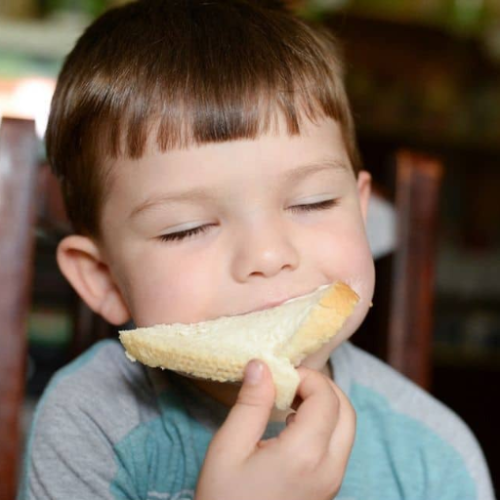
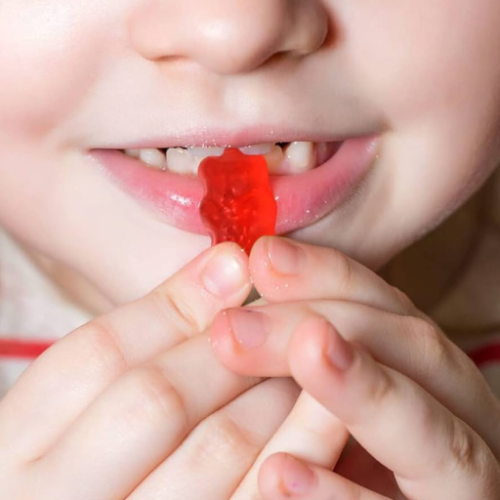

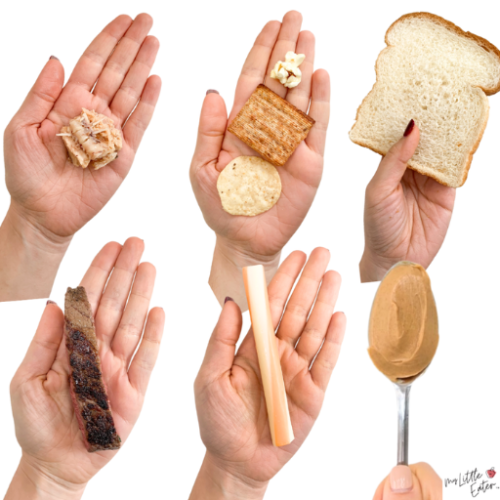
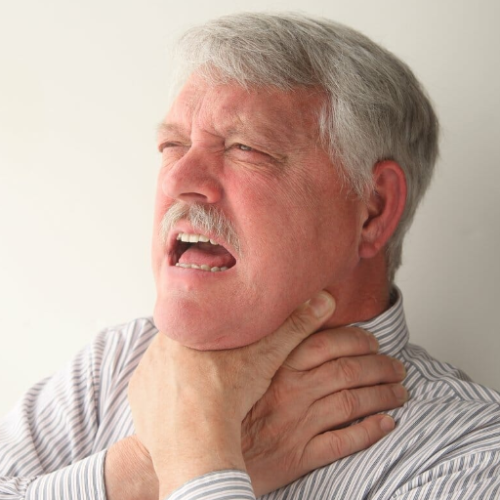
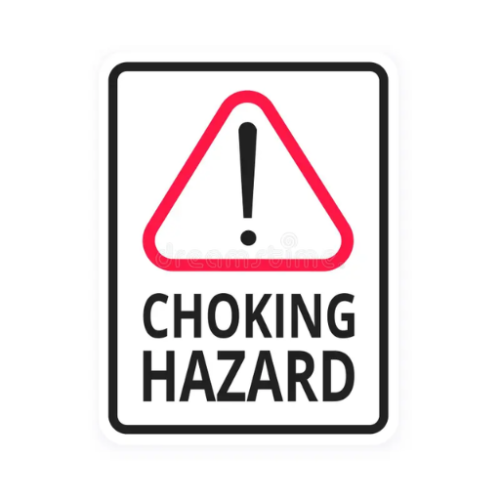
 Login with Google
Login with Google Login with Facebook
Login with Facebook